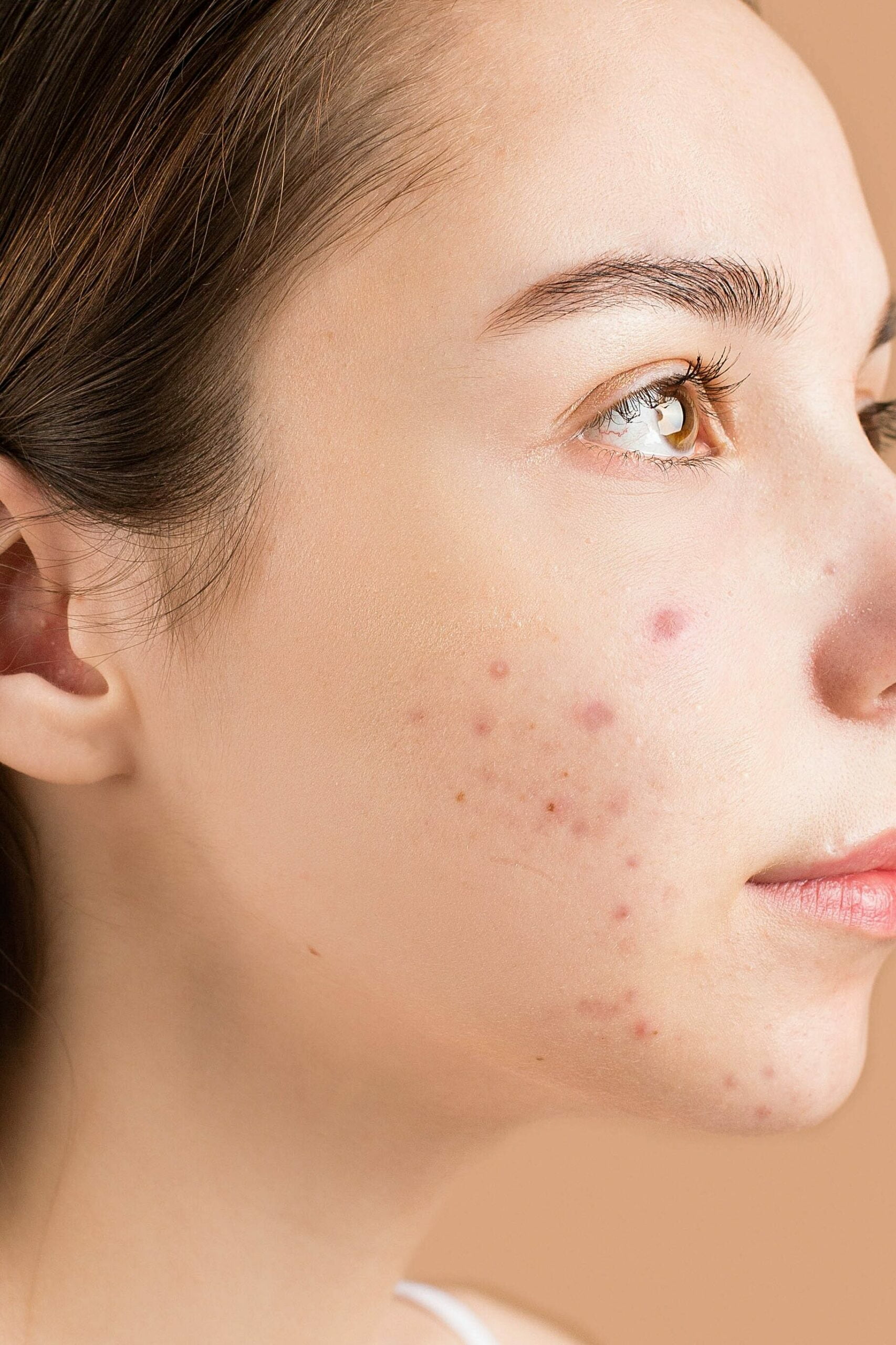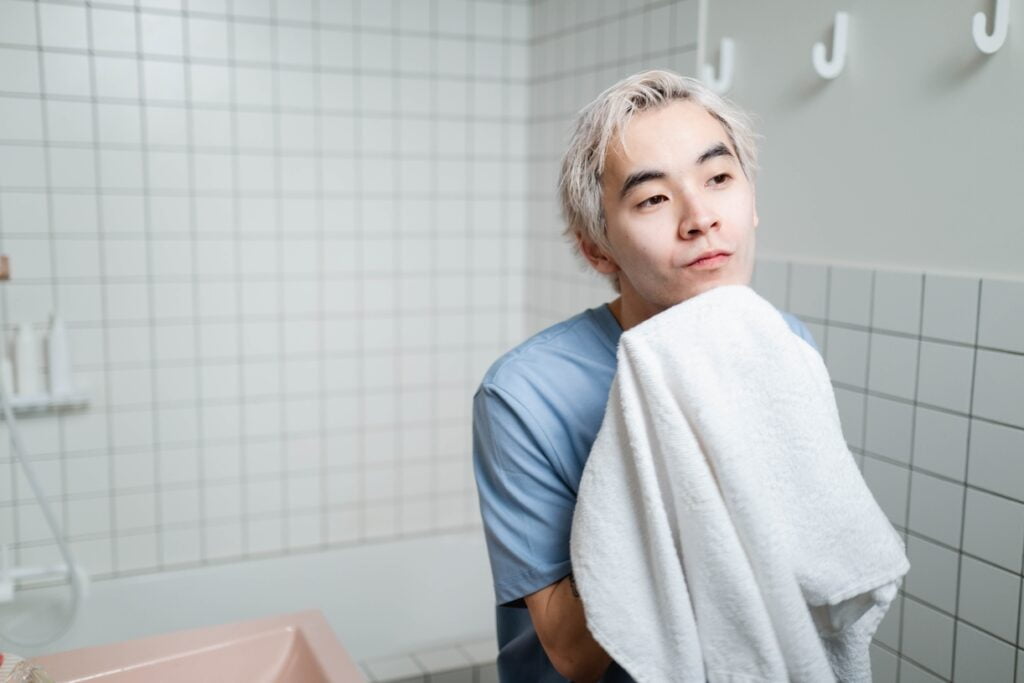Numerous yeasts live peacefully on your skin. One of these is Malassezia folliculitis, a yeast that may be causing your acne to persist. If you’ve been using acne medication or other treatments and your acne isn’t improving, speak with your doctor about being tested for Malassezia folliculitis.
Malassezia folliculitis is the cause of fungal acne, which manifests as pinhead-sized pimples on the upper chest or upper back. Although fungal acne is frequently confused with acne vulgaris, the acne caused by excess skin oil, fungal acne is distinct and can be exacerbated by standard acne treatments.
What Is the Cause?
Pityrosporum or Malassezia causes folliculitis. Pityrosporum is a fungus that is found on everyone’s skin. The yeast is a normal component of the skin flora, also known as the microbiome.
When it penetrates the hair follicles and multiplies, an itchy, acne-like eruption known as folliculitis results. It is critical to understand that folliculitis is not contagious, infectious, or a sign of poor skin hygiene. Because yeast thrives in warm, moist environments, it thrives in conditions with high humidity, perspiration, and heat. Individuals with systemic diseases such as diabetes are also at risk.

Malassezia folliculitis is diagnosed in one of two ways.
Malassezia folliculitis is a relatively benign but difficult condition. While the symptoms may be distressing, they are generally not indicative of a more serious medical condition.
If, however, your condition becomes extremely difficult to treat and becomes widespread, additional laboratory tests may be performed to rule out any underlying immunosuppression.
Diagnosing Malassezia folliculitis is not always straightforward, as it can occasionally mimic the more common condition acne vulgaris.
If you’ve tried conventional acne treatment and your symptoms haven’t improved, consult your doctor to determine if you may have Malassezia folliculitis.
Malassezia folliculitis Symptoms
Although it affects both sexes equally, young and middle-aged males are more susceptible to fungal acne than others. Small, red bumps and most commonly cheek Malassezia folliculitis appear to rise uniformly from your hair follicles during breakouts. They frequently appear in symmetrical rows across the forehead or in scattered clusters across the cheeks if you have cheek Malassezia folliculitis. Additionally, it can develop on the upper back or upper chest.
In acute cases, fungal acne manifests as papulopustules, pustules, or vesicles 1 mm in diameter. The outer layer of the skin tends to thicken in persistent cases. Sweating exacerbates fungal acne, which gets worse in hot, humid weather.
Malassezia folliculitis treatment
Typically, your doctor will prescribe an oral antifungal medication for malassezia folliculitis treatment. Occasionally, antifungal topical medications may be used instead. If there is any inflammation, you may be advised to supplement with anti-inflammatory therapy. To be effective, treatment must address the yeast in the follicles as well as any factors that predisposed your body to folliculitis in the first place. Additionally, it is critical to keep in mind that the condition may recur even after successful treatment.
Additionally, if there is Malassezia folliculitis forehead, you may use a medicated shampoo. If you have folliculitis as a result of immunosuppression caused by another condition, your treatment regimen for the other condition will help alleviate Malassezia folliculitis forehead symptoms.
To be effective, treatment must address the yeast in the follicles as well as any factors that predisposed you to folliculitis in the first place. Additionally, it is critical to keep in mind that the condition may recur even after successful treatment.
Always keep your skin clean, especially the affected areas like Malassezia folliculitis face, as a preventative measure. Avoid using any skin products that may irritate the acne until it has healed completely.
Certain types of folliculitis like Malassezia folliculitis face may resolve with home remedies; therefore, consult your doctor or dermatologist to weigh your options. For example, you can alleviate the itching associated with fungal acne by soaking a towel in warm water, wringing out excess moisture, and placing the warm towel on the affected area.

FAQs
What does Malassezia folliculitis look like?
You should consult a physician or dermatologist about your acne. Misdiagnosis may result in the development of chronic pityrosporum folliculitis.
Your doctor may be able to diagnose fungal acne based on the appearance of the acne or the ineffectiveness of acne medications, or they may be able to see the yeast within your hair follicles during an examination.
Your doctor may test for budding yeasts using potassium hydroxide and some skin scrapings.
How is Malassezia folliculitis treated?
Malassezia folliculitis treatment
Antifungal agents are effective in the treatment of Pityrosporum folliculitis, both topical and oral (PF). Antifungal medications taken orally have the advantage of rapidly clearing lesions, making them the most effective treatment option. Patients have been treated successfully with oral pulse itraconazole and weekly fluconazole.
How long does it take to cure Malassezia folliculitis?
Due to the limited penetration of topical antifungals as well as washes into the hair follicle, oral antifungals are typically used first. Within 1–2 months, improvement is expected.

